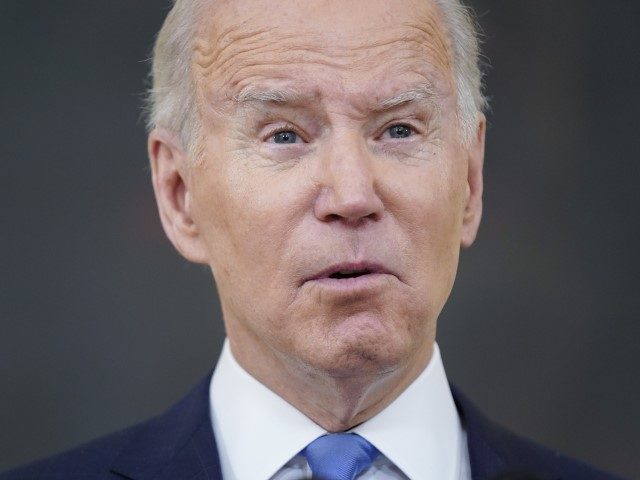Labor costs soared in the fourth quarter of 2021, swamping even the unexpectedly strong productivity gains and suggesting that inflation’s grip on the economy strengthened at the end of last year.
Unit labor costs, which is a measure of how much compensation U.S. businesses pay to produce a given level of output, rose at an annual rate of three-tenths of a percentage point in the October through December period, data from the Bureau of Labor Statistics showed Thursday. That reflected a 6.9 percent jump in hourly compensation and a 6.6 percent jump in productivity.
The gain in productivity came as output jumped an impressive 9.2 percent rate in the fourth quarter while hours worked rose 2.4 percent, indicating that workers were producing more per hour. Annual average productivity increased 1.9 percent from 2020 to 2021.
Productivity crashed in the third quarter, although the earlier report of a 5.9 percent decline was revised to just a 5 percent decline. Unit labor costs jumped 9.3 percent in the third quarter, revised down from 9.6 percent in the earlier estimate.
Economists had forecast a smaller rise in productivity and a larger rise in unit labor costs. The better than expected numbers suggest that businesses are becoming more efficient as they adjust to an economy repeatedly roiled by Covid-19.
The BLS calculates labor productivity by dividing an index of real output by an index of hours worked by all persons, including employees, proprietors, and unpaid family workers.
In the fourth quarter of 2021, both output and hours worked increased for the sixth consecutive quarter following historic declines when the pandemic first hit and lockdowns were implemented. The fourth-quarter 2021 output index is 4.1 percent above the level seen in the fourth quarter of 2019, the last quarter not affected by the
COVID-19 pandemic, while the hours worked index remains 0.4 percent below its fourth quarter 2019 level, indicating that workers are producing more despite working fewer hours.

COMMENTS
Please let us know if you're having issues with commenting.